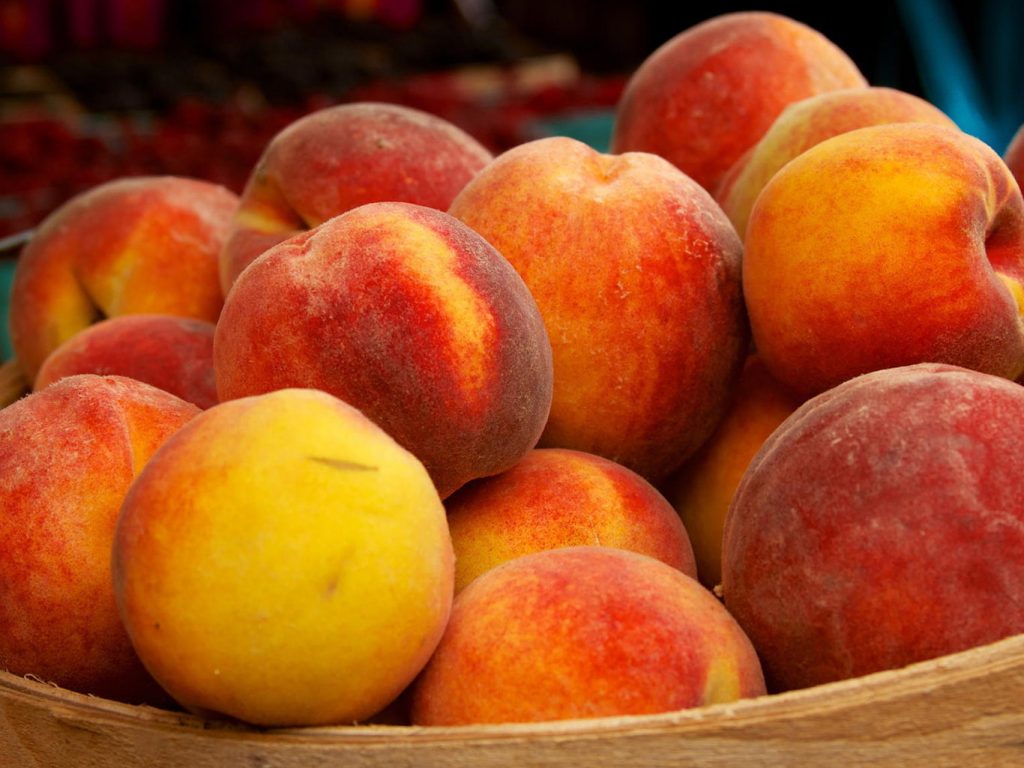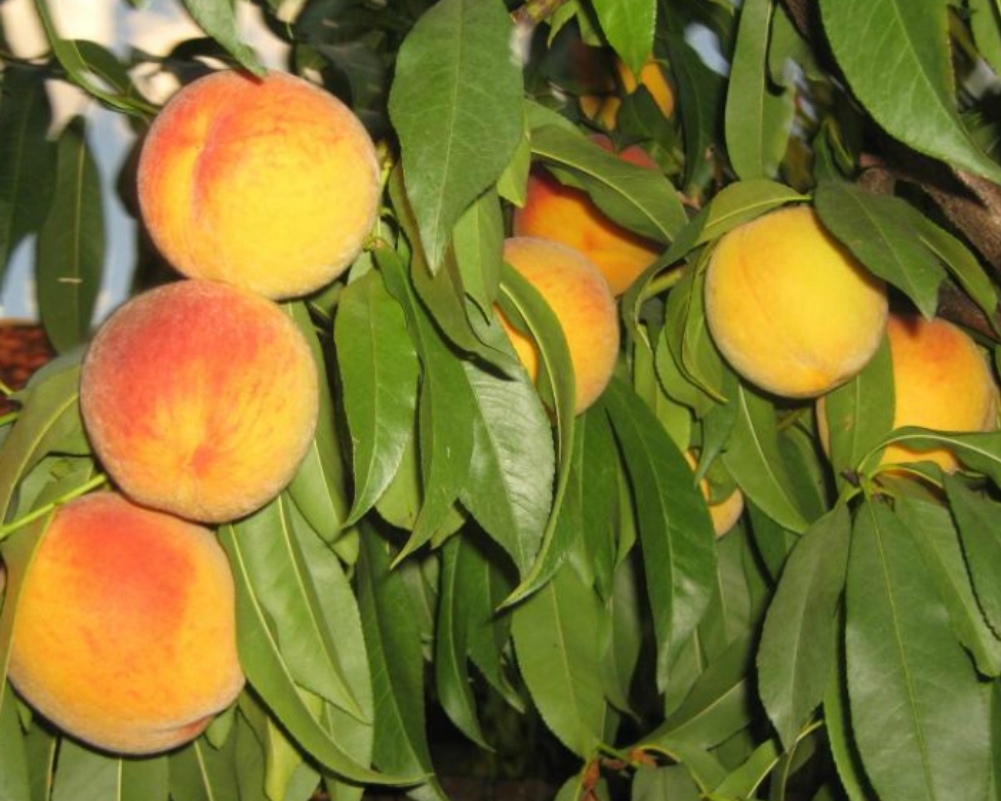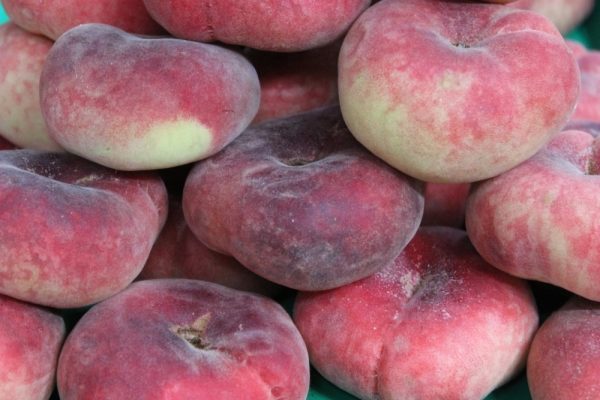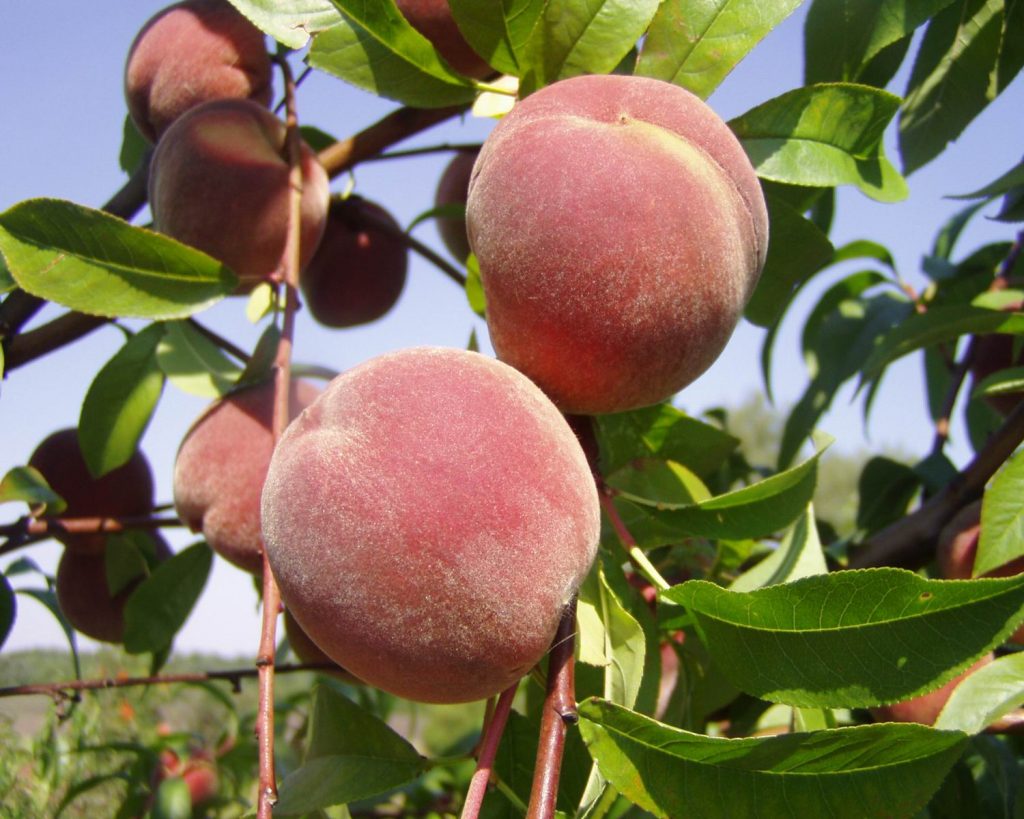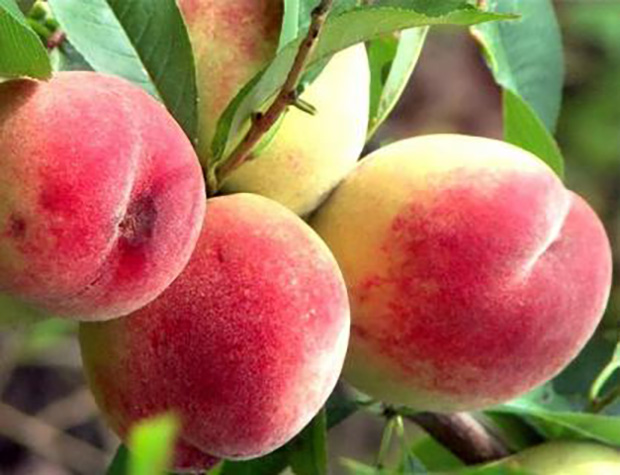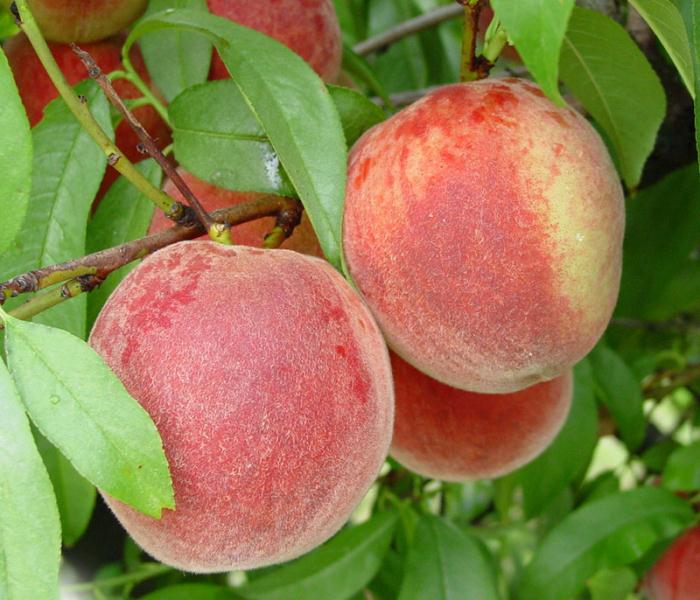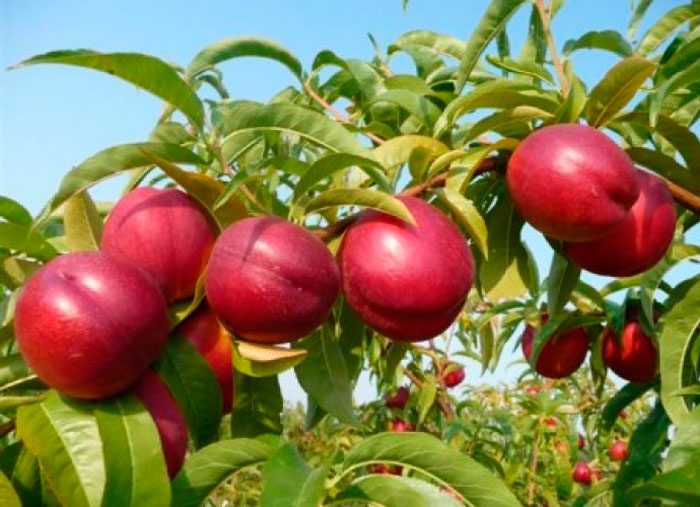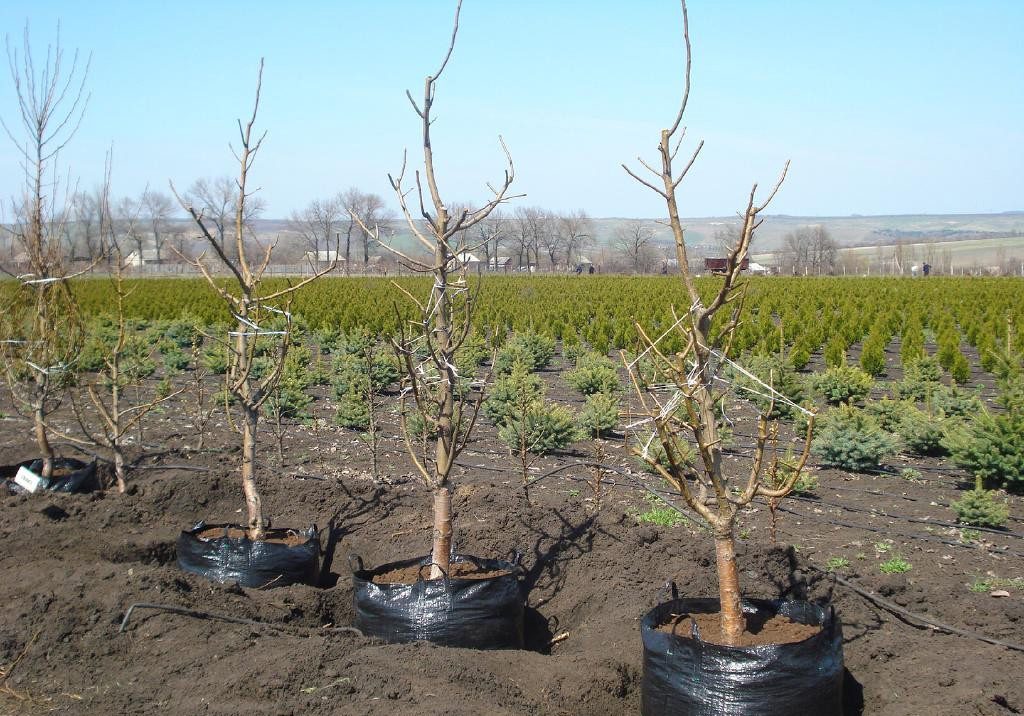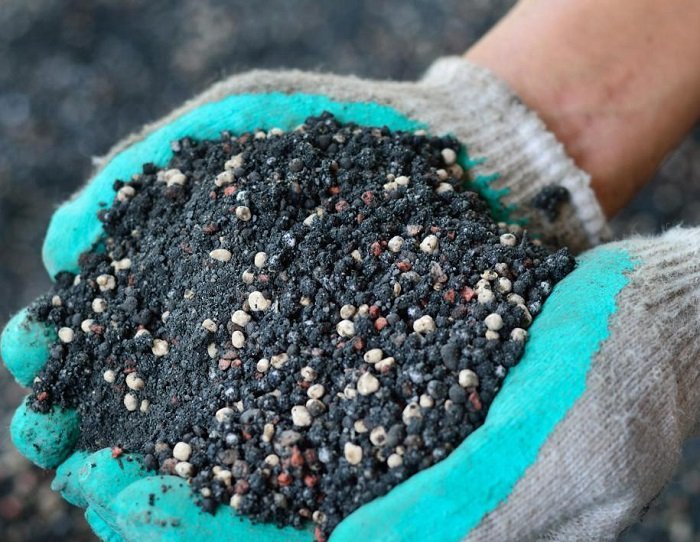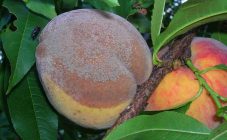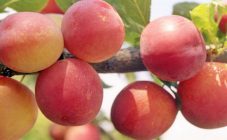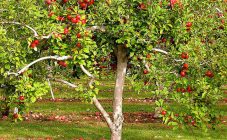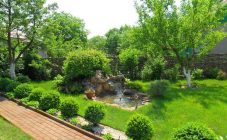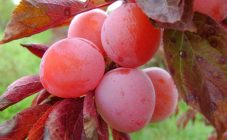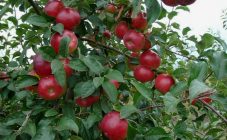Content:
Peach is a fruit that almost everyone has heard of. In southern Russia, it is cultivated no less actively than citruses (oranges and tangerines) and sent for sale to other regions.
What is a peach
Peach represents the Pink family and is a close relative of the almond. The native land of the peach, according to most scientists, is North China. Italy can be called the first European country, the birthplace of the peach, from where the fruit was incredibly widespread. Currently, peach is grown in America and in the warm regions of the temperate latitudes of Eurasia.
Having figured out where peaches grow well, it will be interesting to find out why the fruit is cultivated almost everywhere.
The pepper contains a large number of nutrients:
- about 15% sugars;
- organic acids;
- vitamin C;
- carotene;
- B vitamins;
- essential oil;
- minerals;
- pectin.
Due to its rich vitamin and mineral composition, peach is recommended for use by children, adults and the elderly. Peach ordinary is effective not only for maintaining health in general, but also for the treatment of certain diseases, in particular, hypovitaminosis and anemia. The inclusion of peaches in the diet has a positive effect on the condition of the skin, rejuvenating and moisturizing it.
Plant characteristics
A peach, in fact, is a plant with open branches and a spreading crown, the diameter of which can reach 6 meters. The peach flower can be single or paired, with a diameter of 2.5 to 3 cm. It has a goblet shape and 5 petals of white, pink or red. In some ornamental varieties, bright red, striped and even double flowers can be seen on peach branches. They bloom at the same time as the leaves or before them. On average, the fruit blooms for 10 to 12 days. In severe drought or extreme heat, this period can be reduced to 2-3 days.
The peach fruit is a round, flattened, oval (depending on the variety) drupe, with a thin and downy skin. The question of whether a peach is a fruit or a berry usually does not arise. It is unconditionally a fruit.
The color of the fruit can have various colors, depending on the variety: green, green-white, yellow-orange. If you look at the cross-section of a peach fruit, you can see the juicy flesh of a white, yellow, orange or reddish hue. There is a bone in the center. It is large enough, furrowed and hard. The mass of the stone is about 6% of the total mass of the fruit itself. It separates easily. If cracked, a bitter seed with a slight almond aroma is exposed.
Fruit ripening usually occurs between July and September. By its weight, the fruit can be small (60-90 g), medium (91-150 g), large (151-190 g) and very large (191-200 g).
Peach varieties
Surprisingly, many of those who are wondering whether a peach is a fruit or a berry think that they know perfectly well what a peach should look like, but do not at all think about the fact that it exists in a wide range of species and varieties.
Velvety
The fruits of this variety are characterized by a particularly fast ripening period. The first harvest from such a tree can be harvested in the second half of July. The variety is widespread in the southern territories, in particular, in the Crimea. The average fruit weight is 135 g. Peaches have a rounded shape and a bright yellow skin color.
Starting
Starter is one of the few varieties with a high index of frost resistance. It is characterized by a high yield, as well as excellent dessert characteristics of the fruit. The trees are resistant to powdery mildew. The starter variety is early maturing. The fruits have an average weight of about 150 g. Most often, the Starter is cultivated in the steppe regions of Ukraine.
Stavropol pink
The name of the variety speaks for itself - this variety is widespread in the Stavropol Territory. It is characterized by a light skin with a slight pinkish blush. The pulp is juicy, but this fruit tastes quite sour.
Soviet
The variety is cultivated mainly in the Crimea and in the Odessa region. This variety has rather large fruits of an oval, slightly blunt shape. A feature of the Soviet variety is especially juicy and sweet pulp. The variety is incredibly productive, which is why it is in high demand among gardeners.
Kremlin
This type of peach ripens relatively late. Despite the fact that outwardly this peach can be confused with other varieties, it has a very distinctive flavor characteristics. The Royal variety is grown in the Crimea, Odessa and Transcarpathia. The fruits of the Kremlin peaches are very large. Their average weight is about 200 grams.
Tourist
The Tourist variety is especially common in the Kherson and Crimean regions. He has large fruits - up to 200 grams. The shape of the fruit is round, the skin is greenish-creamy. The blush is blurred and takes up half of the area.
Having figured out what a peach is, and which varieties are especially common in our country, one cannot but mention some hybrid varieties of culture. As practice shows, you can cross a peach with different cultures. A mixture of peach with apricot, plum, apples and even cherries turns out to be especially successful. Let's consider the most popular hybrids.
Nectarine
Often nectarine is called a naked peach, why this happens is quite understandable. Its skin is completely naked.
There are two main points of view about the origin of such a fruit as nectarine:
- it is a mutated peach fruit;
- it is a complex blend of peach, apricot, almond and Chinese plum.
Plum nectarine
Plum nectarine is a successful hybrid of peach and plum. It differs in its quality characteristics from the parental species, but still more resembles a peach. He has a thin and perfect-looking skin. The pulp is tasty, but not particularly juicy.
Picherin
Another interesting hybrid species is picherin, which is the result of crossing a peach with nectarine. It has spread relatively recently. Both fruits are clearly felt in the taste of the fruit. The fruit itself is quite large and very juicy.
Features of agricultural technology
Since the peach can unconditionally be called a heat-loving crop, it requires particularly careful care: the plant must be protected from cold weather, protected from frost and protected from pests.
In central Russia, planting peaches is practiced exclusively in the field of amateur gardening.
It is recommended to grow the plant on the southern side of the site in a place protected from the winds. For the winter in the middle lane, peach trees should be carefully insulated.If this is not done, the flower buds will freeze out already at the minimum subzero temperature, and you will not have to wait for the fruit ovary next year.
You need to cover the plants with an opaque plastic wrap, and on top of it - with reed mats. If the tree grows in the form of a trunk, its branches must be tied to each other, furnished with shields and covered by analogy with a tent. The most important thing is to try to make the structure as stable as possible so that it does not start to fall apart under the influence of snow. By spring, the shelter is removed, but at night they continue to cover the plants with films.
When pruning on skeletal branches, sufficiently strong and developed annual growths are left, which are directed to the sides and are at a distance of about 10-20 centimeters from each other. With correct pruning, part of the shoots is shortened by 6-12 buds (for fruiting), and the rest - by 2-3 buds (for replacement). You need to cut in such a way that one branch is cut off for fruiting, and the other for replacement.
The optimum height of a peach is from 3 to 3.5 meters. Therefore, for taller trees, it is recommended to reduce the crown height by transferring to well-developed lateral branches that grow in the desired direction.
The culture is very sensitive to feeding and watering. For both events, the most important thing is to stick to the golden mean.
Over the summer, it is enough to carry out two foliar dressings, alternating vuksals and crystals. The dosage can be increased or decreased according to the amount of nitrogen and iron in the soil.
As for the need for watering, it is determined by the variety-rootstock combination. For example, almond rootstock is the most drought tolerant. Excess watering, even in dry periods, leads to overgrowth of the crown.
Pest control
Peach is a crop that constantly needs chemical protection from diseases and pests. Without this, it will simply not be possible to get a decent harvest. The first spraying is done in the fall. Bordeaux liquid in a concentration of 1% to 3% is optimal for processing plants. The uniqueness of this tool lies in the fact that it is not washed off by sediments and effectively prevents the development of fungal infections on the culture.
In the fight against aphids, which infect shoots and leaves, malophos is effective. Treating the peach garden with laundry soap can also give a positive result. Another problem with peaches is the scale insect. You can recognize the presence of a pest by the presence of shields, 3 mm long. Pests store their eggs in them. Scabbards harm leaves, buds, buds and flowers. In addition, harmful insects are carriers of a number of diseases, in particular, fruit rot.
As you know, it is easier to prevent any problem than to deal with its consequences, therefore, especially close attention should be paid to the prevention of diseases and pests when growing peaches.
